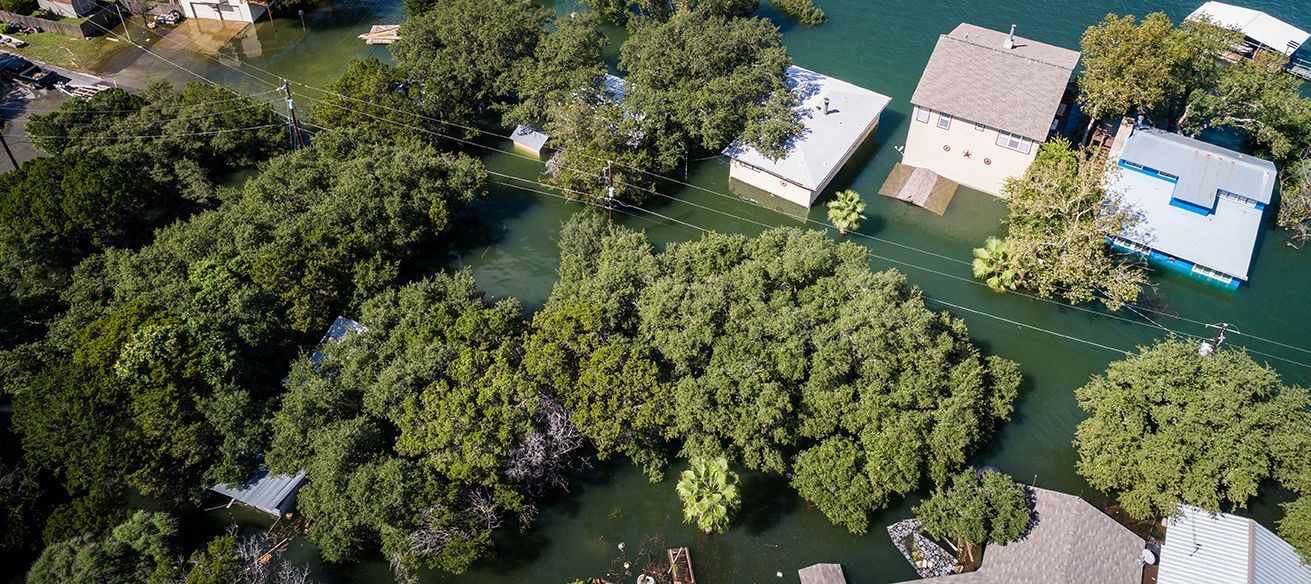IBTS Provides Added Benefit to Communities across Louisiana with Floodplain Management
Share this article:
Communities enrolled in FEMA’s National Flood Insurance Program (NFIP) are required to designate a floodplain manager, however finding one with experience is difficult and can be a strain on local budgets. IBTS recognized this as a problem through our work providing regional building department services to jurisdictions across Louisiana, and addressed it by adding floodplain management to our scope of services at no additional cost. In this blog post, learn what your community and IBTS can do to help improve floodplain management.
IBTS’ Louisiana Regional Office has provided statewide guidance on building codes and operated numerous building departments throughout Louisiana for over a decade, and floodplain management for almost as long.
“The reason we started providing floodplain management was to help communities that we were already contracted with as a building official that were struggling with floodplain management,” says IBTS Louisiana Branch Manager Larry Walters. “We took the stress off the community by providing them with an experienced floodplain manager to ensure properties are compliant with the ordinance.”
Floodplain managers are responsible for adopting and enforcing FEMA’s floodplain ordinance and the Flood Insurance Rate Map (FIRM) for map for the community. Because most communities don’t have a staff member experienced with floodplain management but are required to have one, they often fill the position with a secretary or clerk that has little to no floodplain management experience. Although it meets the requirement, it can be detrimental to the community.
“When you don’t have experienced floodplain managers, you end up with properties not built to the regulatory ordinance or assigned to the wrong flood zone,” Walters says. “This means the homeowner and the jurisdiction are out of compliance. Not only are you putting your citizens at risk, but you and your jurisdiction are liable for covering flood losses.”
Although not all communities can have access to third-party contractors like IBTS that can provide floodplain management support, Walters offers a few simple tips to get your community’s floodplain manager on track.
- Join your state floodplain managers association, and become a Certified Floodplain Manager (CFM) .
- Know your ordinance, know how to read your maps, and know your community.
- “You can’t base it all on the maps,” says Walters. “There might be properties located in a flood zone area on high land where you can claim it to be comfortably not in a flood zone area.”
- Follow through with your substantial damage assessments after a flood event. Property owners who experienced over 50% damage will not want to raise their home or move, but it is an NFIP compliance requirement and also in the best interest of preventing future property damage.
Larry Walters is IBTS’ Louisiana Branch Manager. He is a Certified Floodplain Manager, a member of the Louisiana State Floodplain Manager’s Board, and was named the 2014 Floodplain Manager of the Year by the Louisiana State Floodplain Manager’s Office.





